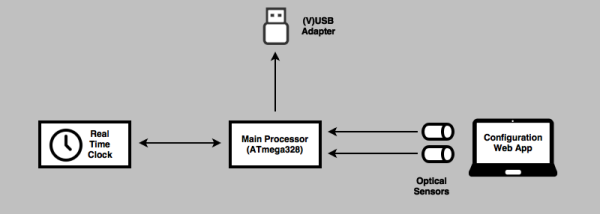Here at Hackaday, we pride ourselves on bringing you the latest and greatest projects for your viewing pleasure. But sometimes we come across a creation so interesting that we find ourselves compelled to write about it, even if it’s already been hanging around the Internet for years. This may or may not be due to the fact that we just re-watched Crimson Tide, and found ourselves on a self-imposed dive into a very particular rabbit hole…
If you’ve seen Crimson Tide, or the first few minutes of WarGames, you might already know what this post is about. Both films prominently make use of a one-time authentication device which the user snaps in half to reveal a card that has some secret code printed on it — and as it turns out, there are at least two different projects that aim to replicate the props used in the movies.
Continue reading “Laser Cut Acrylic Provides Movie-Style Authentication”


















